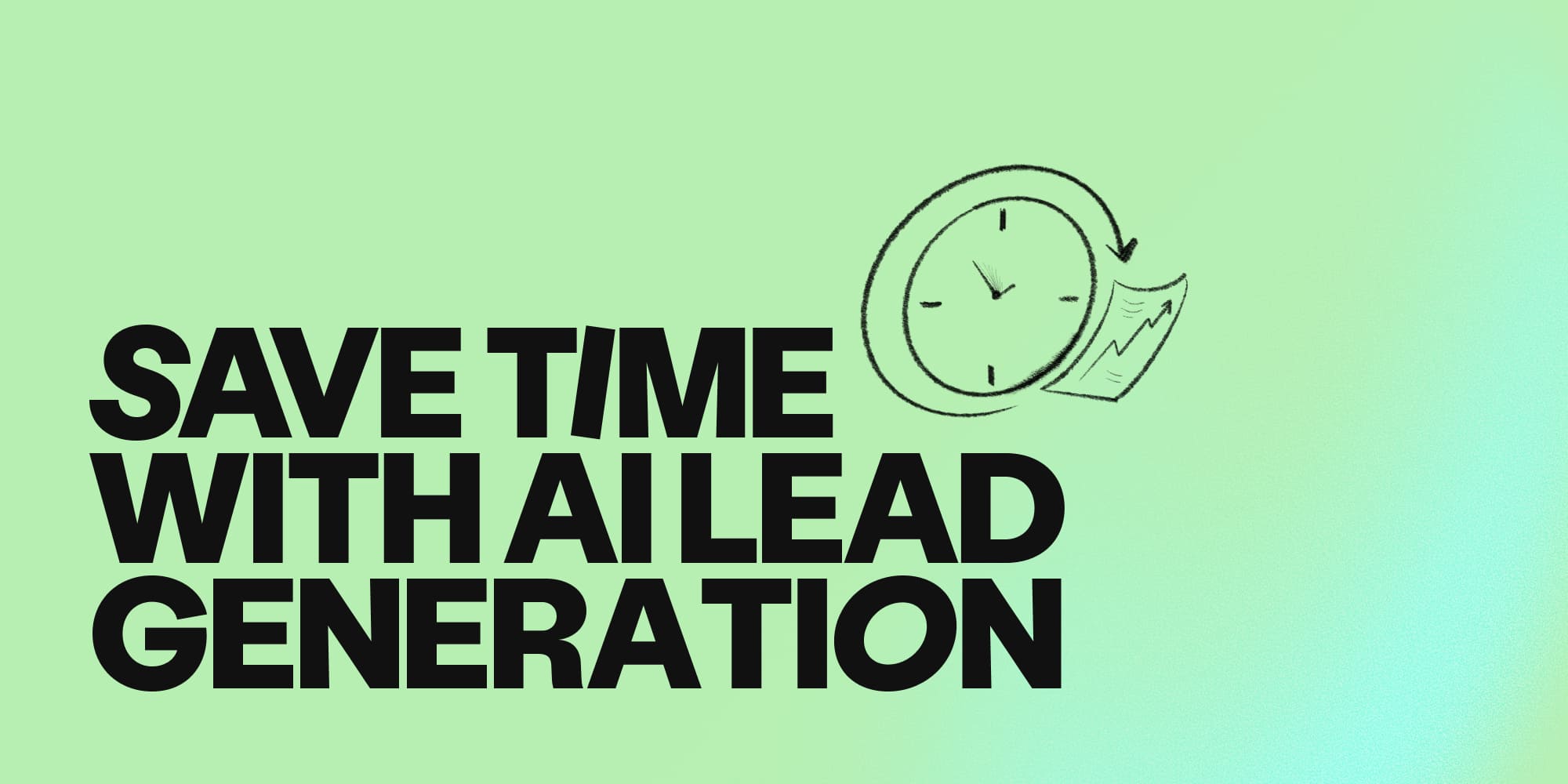How to use loss aversion psychology and FOMO to close more B2B deals
•
June 8, 2023
.jpg)
“Losses loom larger than gains.”
What does this mean? And how does it apply to sales?
As a salesperson, you’re taught to put yourself in your prospect’s shoes; to empathize with their needs, view your product through their eyes, and weigh up the potential value versus the potential risks that factor into their decision.
What you may not realize is that we as humans have a natural bias that gives greater weight to the potential risks than the potential benefits. This concept, known as loss aversion, was described by behavioral psychologists Daniel Kahneman and Amos Tversky in their 1979 work on “prospect theory”.
In this blog, we explore how the psychology of loss aversion can be applied to B2B sales and leveraged to influence your prospect’s decision-making. Put simply, we’ll show you how to reposition your sales pitch using risk aversion bias and tell your prospects what they really need to hear to close the deal.
What is loss aversion bias?
As we’ve already mentioned, the loss aversion cognitive bias is the tendency of humans to react more strongly to losses than to gains of an identical magnitude.
Here's an example: You’d feel the loss of $5,000 of your own, hard-owned money more than you’d feel the benefit of an unexpected $5,000 gain.
This leads to risk-averse behavior, where people actively go out of their way to avoid suffering a loss, even though they wouldn’t necessarily be incentivized to act for an identical gain.
For example:
- Example: You’re told that acting now could earn you $5,000, but it will take some time and effort. You pass.
- You’re told that acting now could prevent you losing $5,000, but it will take some time and effort. You do it, because you don’t want to lose what’s yours.
...And yes, this is how the insurance industry works!
From a cold outreach perspective, this kind of messaging is what can help you tell the difference between leads and prospects because it pushes them to take action. More qualified interest = more opportunities!
Types of loss aversion bias
Kahneman, Taversky, and other behavioral psychologists describe loss aversion as a facet of prospect theory; that is, the study of behavior relating to economic decision-making and risk. Their studies have shown that loss aversion shows up in a number of slightly different forms when it comes to material wealth:
1. Risk aversion bias
This is where, (as in the examples above) the probability of winning equals the probability of loss, but actors tend to err on the side of caution. This remains the case even if the potential gain stands to be far greater than the potential loss.

2. The endowment effect
This describes how we tend to assign greater value to the goods we own than we do to identical ones we don’t.
For example, if we were to sell a possession, we’d ask for a higher price than we’d be prepared to pay if the item that wasn’t ours. It holds extra intrinsic value because it belongs to us!
3. Status quo bias
Here’s one plenty of B2B salespeople will be all familiar with: a resistance to change and yearning to protect the status quo, even if it means missing out on potential improvements. Fundamentally, status quo bias is when the fear of change takes charge.
Noticing parallels from your own experience of dealing with prospects? Now let’s dive into how you can use loss aversion bias to your advantage in selling.
Leveraging loss aversion in B2B deals: strategies and techniques
It’s easy to fall into the trap of selling features rather than value. To avoid this, you must always start from the prospect and work outwards: your prospect comes before your pitch.
What are their key pain points? What is the magnitude of the pain? How is it affecting them in terms of day-to-day productivity and long-term business growth?
These are the questions you should start to answer before you approach the prospect. You can then push them to confront their Cost of Inaction (COI).
Some of the pain-points you come up with will be well-known to them; some might be problems they haven’t yet considered. But in alerting them to potential threats, you can also present new opportunities for growth.
First and foremost, it’s your job to urge your prospect to see that by doing nothing, by maintaining the status quo, they’re holding back their business potential, perpetuating very fixable issues, and actively incurring losses.
Pitching against loss
Once you’ve defined your prospect’s Costs of Inaction, you can start leveraging the power of loss aversion psychology in your pitch.
Instead of simply pitching various benefits, you remind your prospect of what they’ve got to lose. This carries far more weight on a psychological level:

Using loss aversion in cold emails
As shown above, it’s easy to make some subtle tweaks that will pivot your sales messaging toward loss aversion. You might consider trying this in your cold emails, starting with subject lines that remind the prospect of what they’re losing out on:

Adding urgency with FOMO messaging
If you’re struggling to get your prospect moving forward on a decision, you might consider pushing their loss aversion bias to the next level: Fear of Missing Out.
B2C sellers lean heavily on their FOMO messaging. From flash sales to rewards programs, limited edition products to limited time offers; B2C customers are constantly bombarded to make purchases for fear of losing out on (so-called) one-time offers.
Of course, this form of selling sits at the extreme end of the spectrum, and you need to tread lightly in B2B if you’re looking to nurture a sense of urgency. (“Buy in the next hour!” offers don’t sit so well in complex buying processes.)
Still, there are ways to work elements of FOMO into your B2B selling:
- Use the threat of competitors to push prospects to act. If their competitors are prepared to innovate and challenge their status quo, your prospect risks losing ground if they don’t do the same.
- Reference other customer success stories. Mentioning other clients who suffered the same pain-points will reinforce the reality of their situation and their need to take action.
- Show your industry authority. Using social proof, case studies, and competitor comparisons, you need to position your solution as the industry leader so prospects will fear missing out if they look elsewhere.
- Try limited-time offers that add value. Consider offering a discount or trial on extra features to sweeten the deal with your prospects.
You can even utilize loss aversion and FOMO in your cold calls, starting with our 25 cold call openers that really work.
Harnessing the power of loss aversion and FOMO for B2B success
Pain is powerful. It only takes a slight change in perspective to leverage loss aversion theory in your B2B selling and give your prospect a new impetus to act.
Nevertheless, beware of scare-mongering. You risk alienating prospects if you overwhelm them with excessive or irrational threats to their business, and you’ll quickly lose credibility.
Your goal should always be to provide value and to be a positive influence on your prospects. It’s fine to touch their pain-points and highlights their COI, so long as you do so in a way that builds trust and leads them to a genuine solution.
Help your prospects face their fears and they’ll thank you for it!
Want to see what your sales team is really capable of? Sign up for a free demo of Amplemarket and see what your sales processes are missing out on!
Subscribe to Amplemarket Blog
Sales tips, email resources, marketing content, and more.










